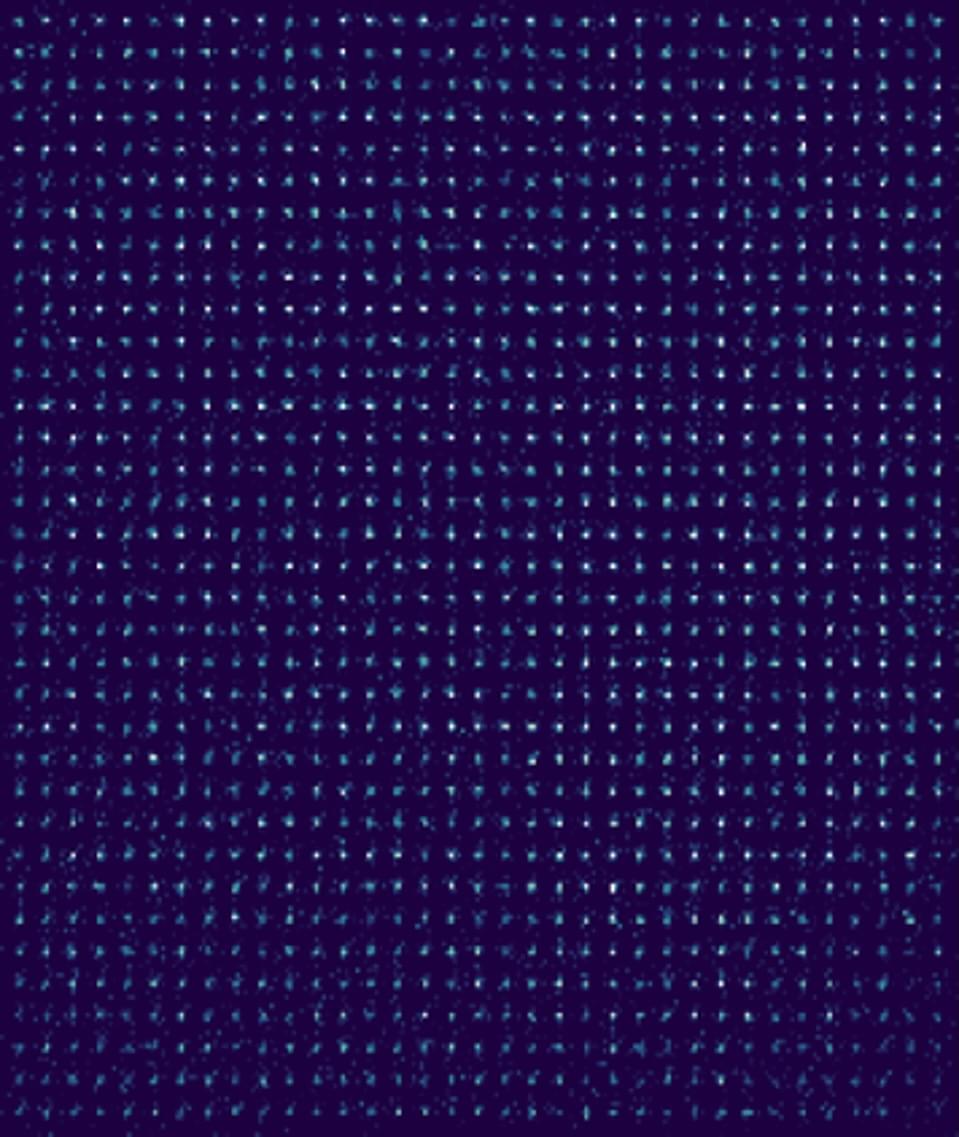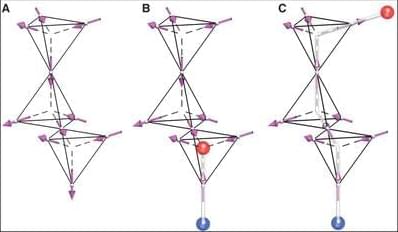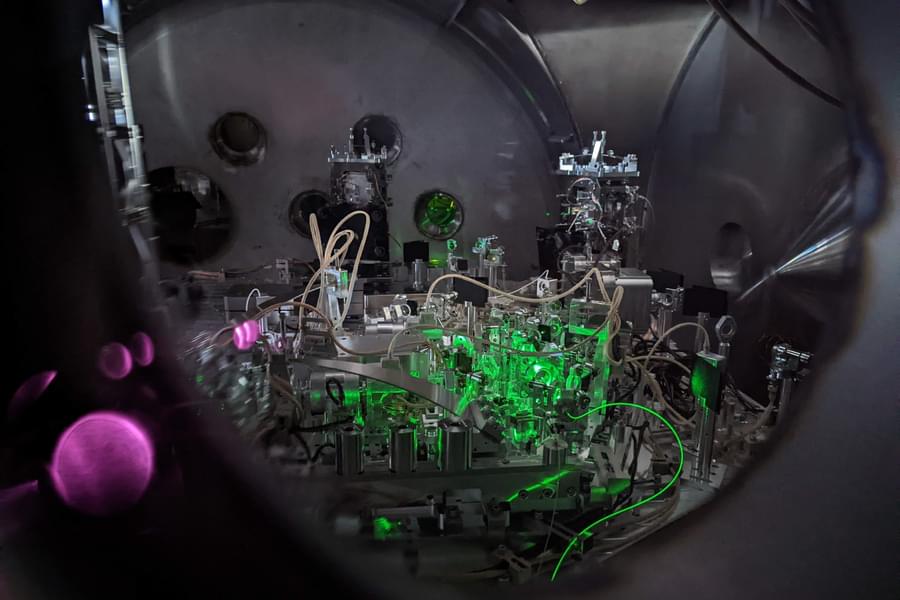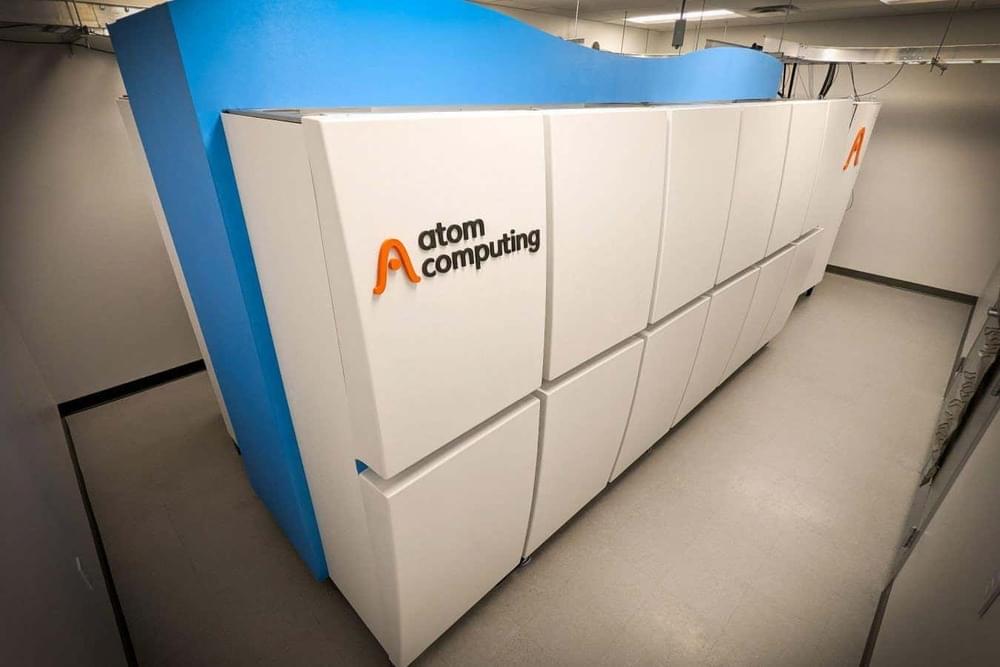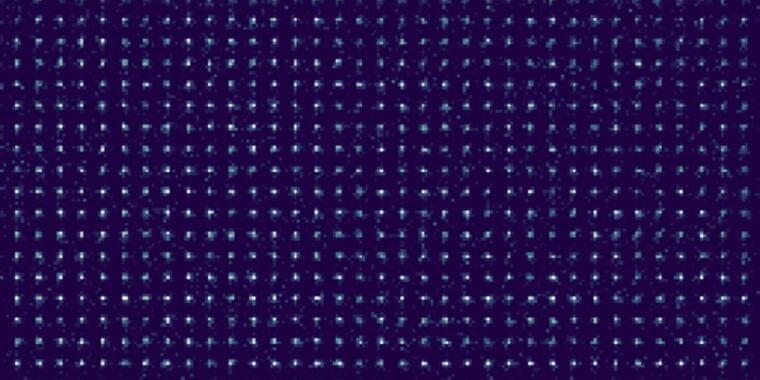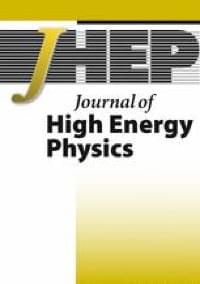Oct 26, 2023
Atom Computing Says Its New Quantum Computer Has Over 1,000 Qubits
Posted by Jose Ruben Rodriguez Fuentes in categories: computing, military, particle physics, quantum physics
The scale of quantum computers is growing quickly. In 2022, IBM took the top spot with its 433-qubit Osprey chip. Yesterday, Atom Computing announced they’ve one-upped IBM with a 1,180-qubit neutral atom quantum computer.
The new machine runs on a tiny grid of atoms held in place and manipulated by lasers in a vacuum chamber. The company’s first 100-qubit prototype was a 10-by-10 grid of strontium atoms. The new system is a 35-by-35 grid of ytterbium atoms (shown above). (The machine has space for 1,225 atoms, but Atom has so far run tests with 1,180.)
Quantum computing researchers are working on a range of qubits—the quantum equivalent of bits represented by transistors in traditional computing—including tiny superconducting loops of wire (Google and IBM), trapped ions (IonQ), and photons, among others. But Atom Computing and other companies, like QuEra, believe neutral atoms—that is, atoms with no electric charge—have greater potential to scale.
